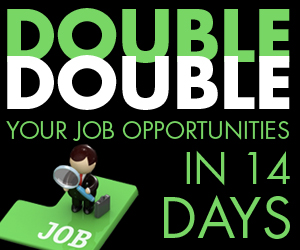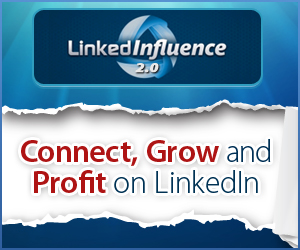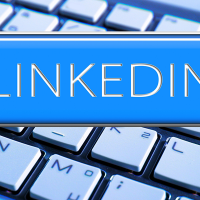Monetizing The Social Network
A review of ways marketers can align with these consumer hot spots.
Online social networks are hot. Those who participate in them belong to two, three, four, maybe even more than 10 or 20 different ones. They enjoy their features, upload photos, request business contacts and talk with friends.
For now, consumers get to do this for free. For now.
Although social networking in the offline world may be well-established — monetized through conferences, venues, referral fees and headhunters — the online world seems to just be examining the methods of monetization. The general principle still stands: if you have a large database of active users, you can make money — right?
Here is how it is being done today:
Advertising — A quick review of ad dollar expenditures in the U.S. reveals that only a small portion of the total is spent online — but that is going to change fast. Online advertising is once again booming — and just as public television and print media often can be sustained from pure advertising models, online is no different. The leading social networking sites (MySpace, Friendster and LinkedIN, along with many others) are primarily supported by advertising. Although their aggressive growth strategies mean that some may still be losing money, advertising represents a substantial amount of revenue.
Revenue Share/Per Transaction Fees — Someone clicks on her friend’s profile on Friendster and sees that he loves HBO’s hit series “Deadwood.” Clicking on the term “Deadwood” brings up all the other members who have the same interest — and an easy-to-purchase link for the “Deadwood” Season One DVD through Amazon. It’s essentially a focused advertising arrangement — marketers now have precision targeting through social networking profiles, tapping into user interests — and offering purchase options within very specific filters.
Events — Although revenue numbers generated from MySpace-style events are difficult to come by, these events are known to be well attended and a driving force behind MySpace’s impressive growth. In general, while it’s unlikely that offline events account for more than 10 percent of any social network’s revenue, events do make for great content and word-of-mouth advertising.
Moving forward, compelling new ways to monetize social networks will continue to emerge. The downside, however, is that some of these methods may not be in the user’s best interest — and they might end up taking the “cool” edge off these communities.
The Buying Club/Affiliate Revenue Models — With Buy.com’s purchase of Metails, a major offline and online retailer has recognized the power of social networking and made a commitment to the space. Yub.com enables users to develop their own social network focused around products, product ratings and, more importantly, a point-based rewards system that lets members benefit from a friend’s purchases. While Yub.com feels like heavy retail — with a full online mall that has grown rapidly in the last few months — the site is building a large user base and enticing members to recommend products to friends.
Although the buying club mentality might work only within certain types of social networks, the notion of a point system that rewards users for certain activities should be embraced more broadly. By developing a currency system, a social networking site can create very real incentives (promotions, giveaways, contests, fundraisers) for specific actions, from which everyone can benefit.
Corporate Sponsorship — Does being a fan of a brand mean that you want the owner of that brand to have all of your personal profile information? Practically speaking, the answer has to do with the type of brand and the reward the user receives for sharing that information. Corporations will take notice of these social networks and begin offering competitive services with products and (if they are smart) experience-based rewards. Just as Icelounge (described as a “MySpace for skaters”) was launched, larger brands will begin to do the same. Increased brand loyalty and sales opportunities will lead directly to monetization.
Country Clubs/Membership Fees — The SNS world can be a field of dreams — albeit for a price.
As social networking site ASmallWorld.com has recently demonstrated, if you build a great social network — making it “invite-only,” with restrictions on activities — well, everyone wants to join. Naseeb likewise has proven that a focused social network, aimed at a specific niche, can justify an admission charge. From where I sit, I’d much rather be part of a social network with fewer members, no advertising, and no corporate sponsorship but that charges for entry.
Overall, social networking sites are experiencing hockey stick growth and, in the process, influencing new types of two-way brand experiences and community building on the web. Although the approaches to monetization outlined here just scratch the surface, revenue models abound. Any repository of personal data and contact information on a large group of users (perhaps better to call them “consumers”) inevitably translates to profit opportunities.



